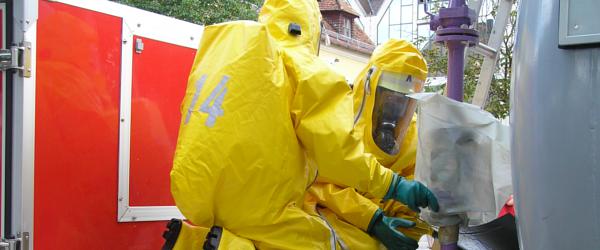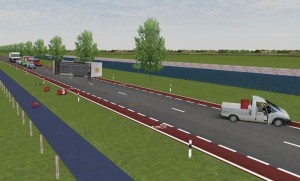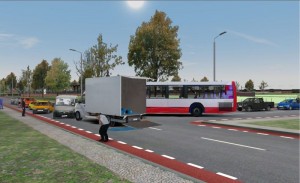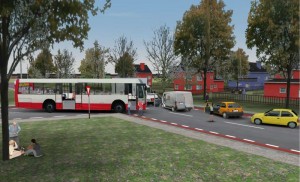TUIS-VR: Free Online Hazardous Material Training
“Traffic accident involving trapped people in a truck with hazardous material.” That’s the goose bumps dispatch I got a while back that perfectly exemplified that the topic of hazardous materials doesn’t come up often, but when it does, it really hits hard. In order to be better prepared for such incidents, there is now an online training option for group leaders.
Hazardous material incidents are considered some of the most demanding incidents a firefighter will run into. Still, training for this type of incident is not easy as it is very time-consuming, and realistic training requires quite a bit of preparation. In addition, the topic of hazardous materials is not really a top priority. Many firefighters just quickly get bored when they find out they are about to participate in that kind of training.
So all in all, this is a topic that is not easy to figure out in terms of training. This is why the Chemical Industry Association has made a free online training option available. The target audience is not so much regular firefighters, but rather group leaders who are in charge of dealing with the first 20 minutes of an incident. In my opinion, this is a very interesting approach, as we won’t be able to avoid these kinds of virtual learning environments in the future. The demands just keep growing to the point where just a few exercises a year won’t cut it anymore.
Before delving right into the incident, you have to sign up with TUIS-VR via this website. Then you can log on to a “secure” domain. Then things get serious, and you can choose one of currently five incident scenarios. These are supplemented by a pdf document for the instructor as well as general information on how to operate the program or study materials.
I have to admit, when I first wanted to get started, I was pretty disappointed. I just didn’t understand at first why nothing was happening in the incident scenario. I was actually able to move my characters and to run around as the group leader, but that was it. At first I thought I wasn’t smart enough to use the virtual learning program, but apparently that’s how it’s all supposed to go. So basically, there’s no interaction at all; you can move the characters and vehicles around, and that’s about it. This is why a firefighter buddy always needs to be there as a trainer in order to, for example, pass on feedback from the operational units, to present printed-out warning signs or to intervene with the game (for ex., moving curious onlookers around). So, this is more of a virtual planning game like the ones at firefighter schools and not so much an interactive scenario likes the ones in computer games.
But still, beggars can’t be choosers. In combination with the supplemental info the instructor can download, this is still better training than just talking theoretically about the approach during such an incident.
In my opinion, the following things could still be optimized:
- The operation is not particularly intuitive, i.e., without reading the instructions, you won’t get very far. Also, it would be nice if there was some accessible information in the actual scenario regarding the objects or functions, for example, each firefighter’s role.
- Unfortunately, the incidents cannot be saved, so the instructor has to re-build the desired scenario each time.
- A little more interaction would be desirable. It would suffice if you could click on the people during that first stage and could view additional information regarding injury patterns or if vehicles and barrels were marked with warning signs.
This is what I like about TUIS-VR:
- It’s all free
- In order to play all the scenarios you simply need a computer with an internet connection and a browser
- It is a great testing option for familiarizing yourself with virtual incident exercises
- Complex incident situations, which can hardly be carried out during an average day of training, can be demonstrated.
By the way, the virtual incident training was developed by E-Semble, and you can see pretty well on this flyer everything that’s possible. Therefore, TUIS-VR is the first step towards virtual training for German fire departments; if success follows, I’m sure this offer will be expanded even further.
Finally, I am interested in finding out what you guys think of these kinds of virtual incident exercises and what you feel the TUIS-VR could still improve upon.




